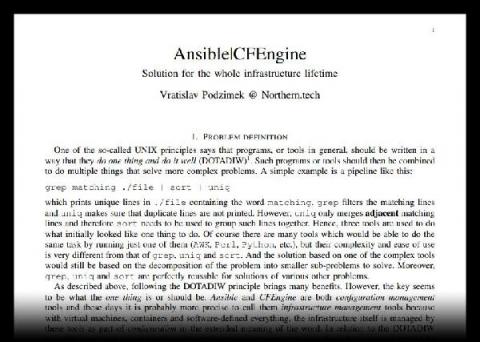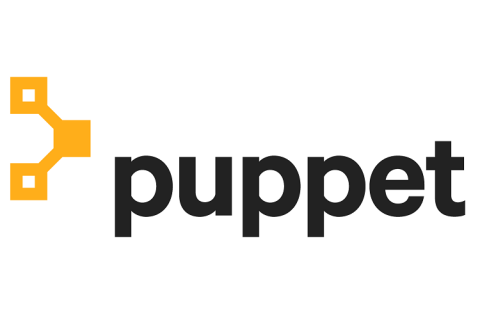CFEngine 2020 Retrospective
2020 is nearly over, and we’d like to take a couple of minutes to reflect on our year as well as provide a sneak peek into what you can expect from us in 2021. Although it has been a year full of distractions, the CFEngine team has continued to make significant strides when it comes to product improvements and new features that help our users.











